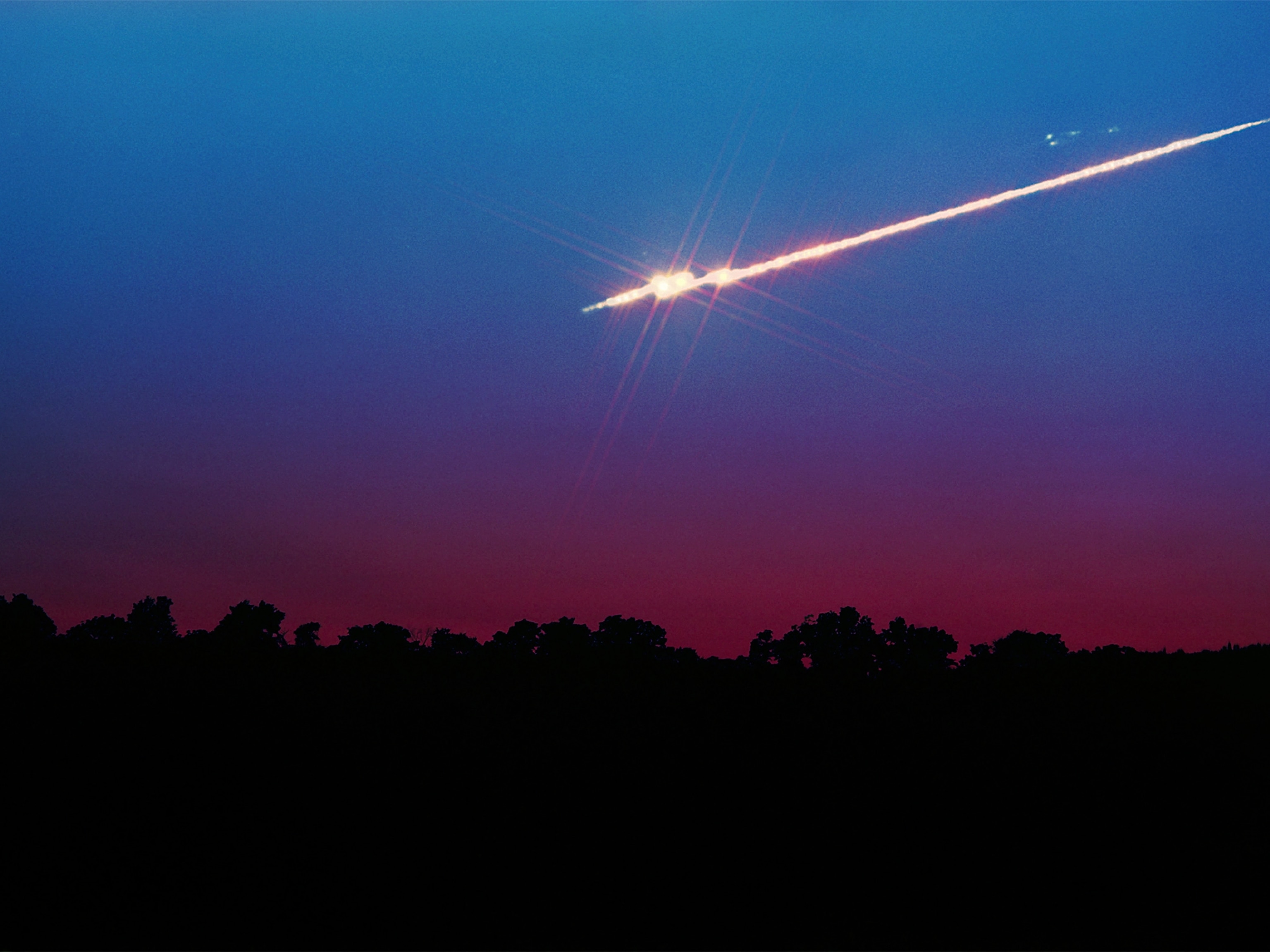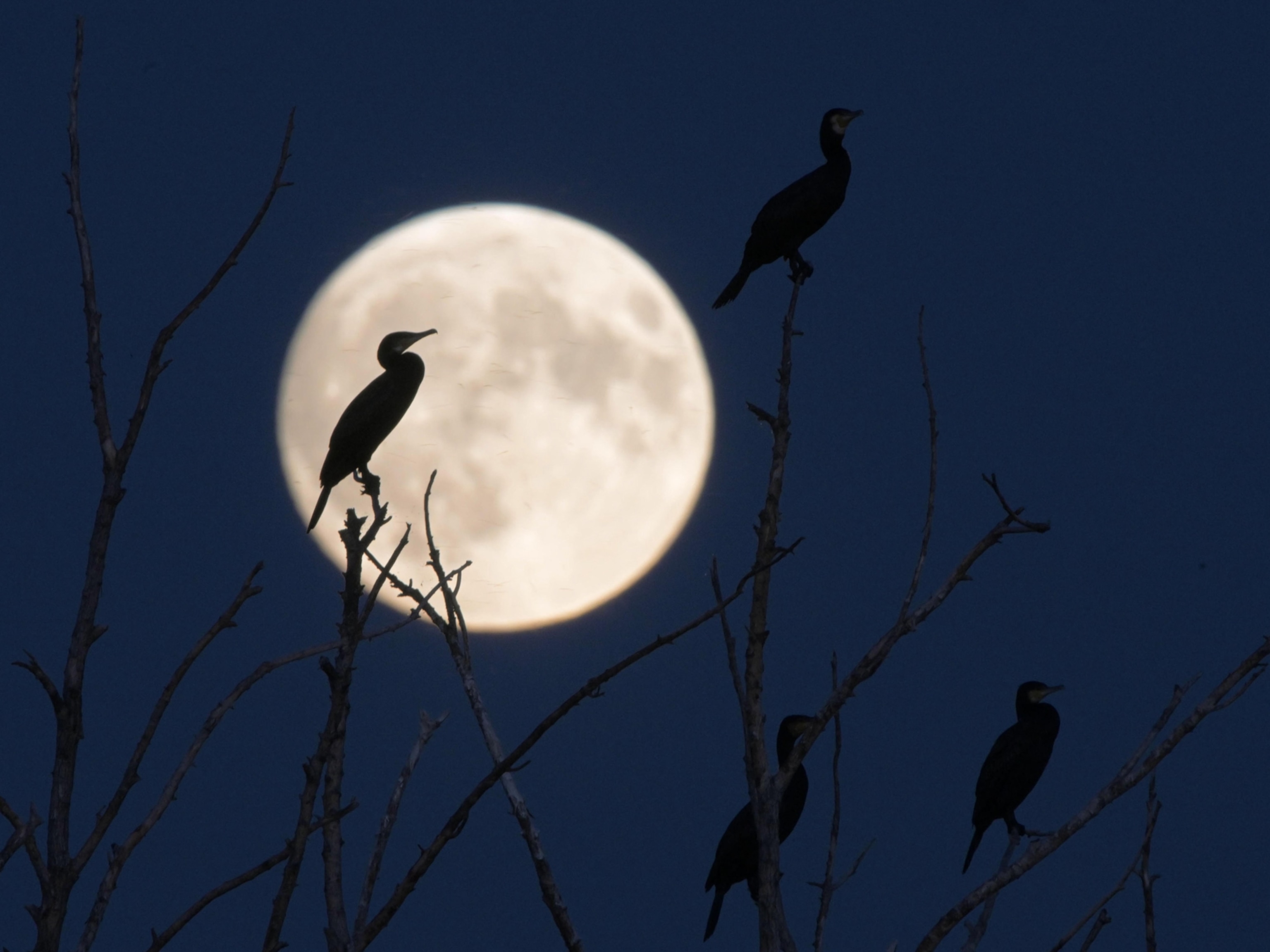
Meteor Shower Peaks This Week; Best Chance to See Bootids
Annual show may dazzle thanks to moon-free skies, astronomers say.
This week, sky-watchers may get an unusually good glimpse of the annual Bootid meteor shower, thanks to late-night moonless skies.
Most years the Bootids produce less than a dozen shooting stars an hour—a minor summertime display compared with the prolific August Perseids, which can see average rates of 50 to 60 meteors an hour. (See Perseid pictures.)
But this year the Bootids will peak when the moon has already set, leaving dark skies during the best observing hours, after local midnight and into the predawn Tuesday and Wednesday nights. (Related: "2012 Supermoon Pictures—Best Shots of Year's Biggest Full Moon.")
What's more, it's possible the Bootids will deliver a more lively performance than usual.
"Traditionally it isn't known to be a very dramatic shower for observers, however there's always chances of unpredictable increased activity with the Bootids, making them worth looking up," said Raminder Singh Samra, a resident astronomer at the H.R. MacMillan Space Centre in Vancouver, Canada.
"While predicting an outburst is rather difficult, there have been instances in previous years when this shower has flared up, where upward of a hundred meteors per hour were observed."
Bursts of Bootids
As with most other annual meteor showers, the Bootids are thought to be caused by sand grain-size debris left over from a passing comet.
When a comet gets close to the sun, its ices vaporize, releasing dust grains and sometimes small lumps of rock. This debris trail then settles into orbit around the sun.
As Earth passes through a comet's particle trail, the dust burns up in our atmosphere, creating the bright streaks we see as meteors. (Also see "New Meteor Shower Discovered; May Uncover New Comet.")
"Astronomers think the Bootids are tied to comet Pons-Winnecke, a short-period comet that circles the sun every 6.4 years," Samra said.
The Bootids offered exceptional displays in 1916, 1921, and 1926 due to the parent comet crossing Earth's orbit.
After nearly a seven-decade drought, the next great outburst was recorded in late June 1998, when a swarm of meteors and fireballs was visible from across the Northern Hemisphere.
Astronomers believe that burst of Bootid activity may have been due to the comet's close encounter with Jupiter in the 1800s, which produced lumps of particles within the debris trail.
Meteors to Be Slow and Bright
Although it's unclear whether the Bootids will flare up again anytime soon, this year's moon-free skies offer the best possible chance of spotting the shower.
The meteors will appear to radiate from the southwest sky within the constellation Bootes the Herdsman—hence their name.
In general, Bootids are known to be bright and relatively slow meteors with speeds around 40,000 miles (64,000 kilometers) an hour—less than a third the speed of most other annual meteors.
(Related: "Meteors Delivered Gold to Baby Earth, New Study Hints.")
Samra advises sky-watchers to position themselves far away from light pollution to get the most of the 2012 Bootids and any possible uptick in activity.
"My advice is to travel far away from city lights to enjoy the celestial show, remember to put away any electronic devices that emit light, and stay away from any lights, to keep your eyes adapted to the darkness."





